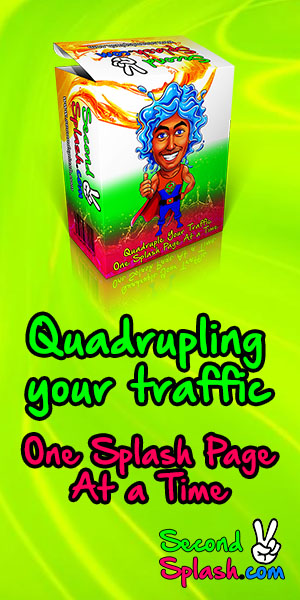What data or user behavior metrics should I consider when creating a dynamic ad to ensure personalized product recommendations
How do I create a dynamic ad that shows products based on user behavior?
Creating dynamic ads that display personalized products based on user behavior can significantly improve your ad’s effectiveness and conversion rates. In this article, we will provide a step-by-step guide on how to create dynamic ads that deliver relevant content to your target audience.
Step 1: Define your target audience
The first step is to identify your target audience and understand their preferences and behaviors. Analyze your existing customer data, website analytics, and any other available insights to uncover patterns and demographics. This information will help you tailor your ads to specific user segments.
Step 2: Set up a product catalog
Next, you need to create a product catalog that contains all the products you want to advertise. A product catalog is a structured data file that includes information like product names, descriptions, images, prices, and unique identifiers. You can create a product catalog manually or use automated tools like Facebook Business Manager to import product data from your website or e-commerce platform.
Step 3: Install the Facebook Pixel
Installing the Facebook Pixel on your website is crucial for tracking user behavior and delivering personalized ads. The Facebook Pixel is a small piece of code that tracks user interactions and sends the data back to Facebook. It enables you to analyze user actions, such as product views, add to cart events, and purchases, which can be used to dynamically create relevant ads.
Step 4: Set up dynamic ad templates
Now it’s time to create dynamic ad templates that will automatically populate with personalized content based on user behavior. Within your Facebook Ads Manager, go to the Ad Creative section and select the Dynamic Creative format. You can then design your ad template by selecting the product catalog, specifying the ad format, and customizing the dynamic elements, such as product images, names, descriptions, and prices.
Step 5: Create audience segments
In order to display the right products to the right users, you need to set up audience segments. Facebook allows you to create custom audiences based on user behaviors, such as website visits, specific pages visited, or product interactions. By defining these segments, you can ensure your ads are shown to the most relevant audience, increasing the chances of conversion.
Step 6: Monitor and optimize your campaigns
Once your dynamic ads are live, it’s crucial to regularly monitor their performance and optimize as needed. Analyze key metrics like click-through rates, conversion rates, and return on ad spend. Identify patterns and trends to refine your audience segments, ad templates, and messaging. A/B testing different variations can also help you identify which combinations perform the best.
At Free Spirits, we excel in creating highly effective Facebook campaigns that leverage dynamic ads to deliver personalized content based on user behavior. Through our expertise and innovative strategies, we consistently achieve outstanding results for our clients. Visit our websites www.freespirits.gr et www.fspirits.com for more information and to see our work in action.
Remember, dynamic ads based on user behavior can significantly enhance the success of your advertising campaigns. By incorporating personalization and relevance, you can boost engagement, improve conversions, and ultimately drive more revenue for your business.













